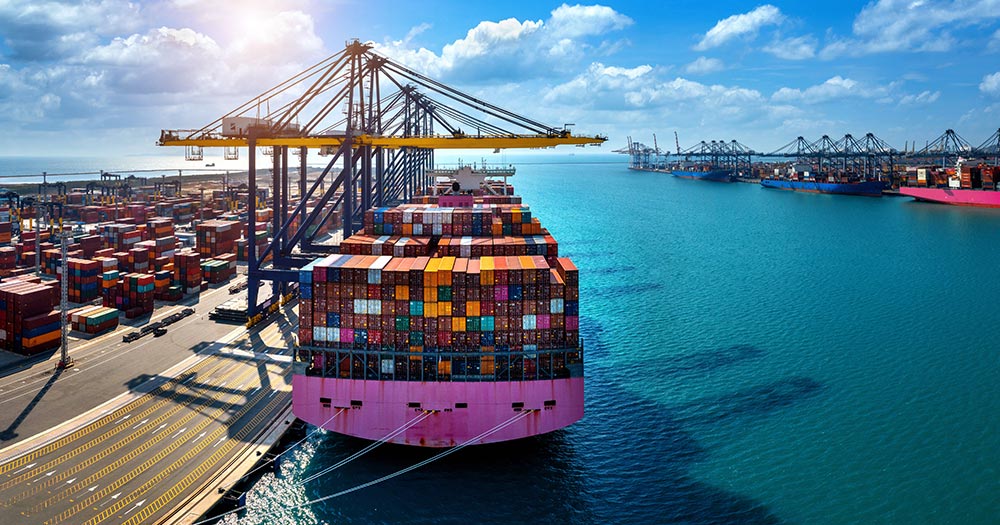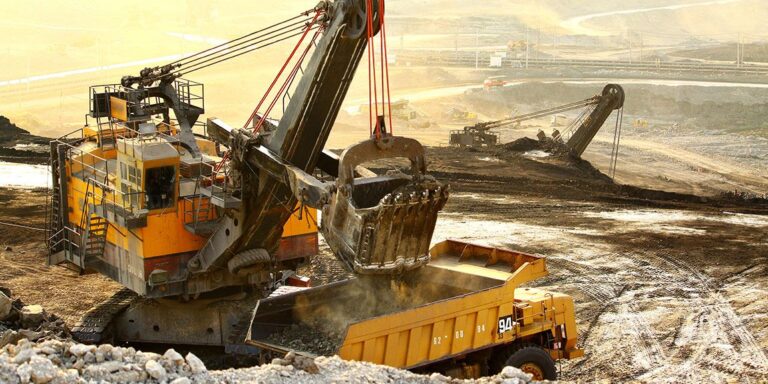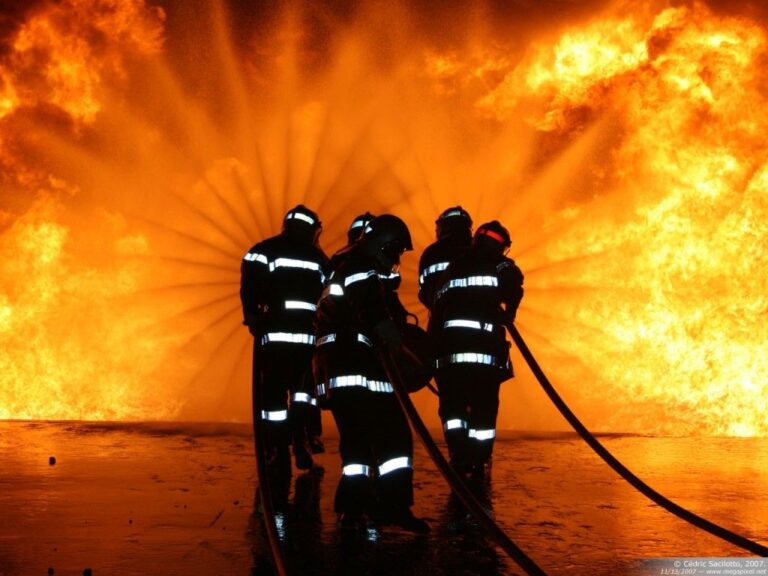
In the dynamic world of maritime cargo transportation, it is crucial to stay updated on events that can significantly affect business operations. Recently, we have witnessed a series of important developments related to the crisis in the Red Sea that we want to share with you.
One of the most visible consequences of the crisis in the Red Sea has been the rise in freight rates on several major routes. According to the Batic Freightos Index (FBX), we have observed an 8% increase in spot rates on the Asia - Northern Europe route, reaching US$4,757/FEU. Similarly, on the Asia - Mediterranean route, rates have risen by over US$1,000, reaching approximately US$6,700/FEU. These increases have occurred as shipping lines implement general rate increases to cope with the situation.
Safety is a priority for all parties involved in maritime transportation, and the crisis in the Red Sea has led many shipping lines to divert their routes to avoid risky areas. This reorganization of navigation routes has generated a series of operational and logistical challenges that are affecting the efficiency and costs of cargo transportation.
In addition to challenges in navigation routes, the crisis in the Red Sea has had a significant impact on the global supply chain. Shortages of empty containers and reduced space availability at some Asian ports are just some of the challenges facing shippers and cargo owners. We have also observed an increase in maritime transportation emissions due to the need to divert ships onto longer routes.
While the current situation presents significant challenges, it is important to note that the maritime market is highly dynamic and subject to rapid changes. Moving forward, we are likely to see greater stabilization in rates and transit times, but it is important to stay informed and prepared for any eventualities.
At EYMAQ, we are committed to providing you with reliable and efficient solutions for your cargo transportation needs. We are closely monitoring the situation in the Red Sea and working diligently to minimize any impact on your operations.
This information was extracted from:

One of the indispensable tasks of heavy machinery operators is to know the specific hazards and risks to which they are exposed. The General Directorate of Industry, Energy and

En el competitivo mundo empresarial, enfrentamos constantemente una serie de desafíos y obstáculos que podrían desanimar a cualquiera. Sin embargo, en EYMAQ, hemos adoptado una filosofía que nos impulsa a

There can be different sources of energy that generate the heat necessary to start a fire. Among them are: Chemical heat energy as a result of a chemical reaction. Heat can be generated by
13775 SW 145 CT Miami FL 33186
+1 (305) 232-2621
info@eymaq.com
Edificio Platinum Plaza Torre B
Andres Reyes 437, Oficina 602
San Isidro, Lima
+51 (1) 640-9811
info@eymaq.com
Calle 138 # 72A – 40
Oficina 404
Bogotá, Colombia
+57 (302) 413-5469
salescolombia@eymaq.com
Rio de Janeiro, Brasil
+1 (786) 589-9884
salesbrazil@eymaq.com